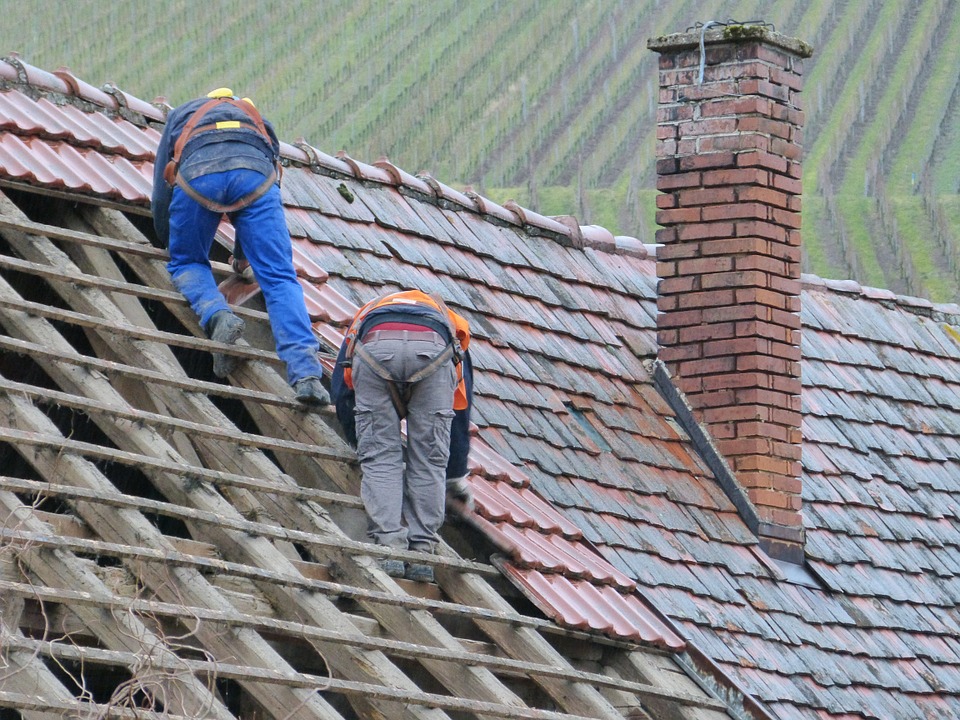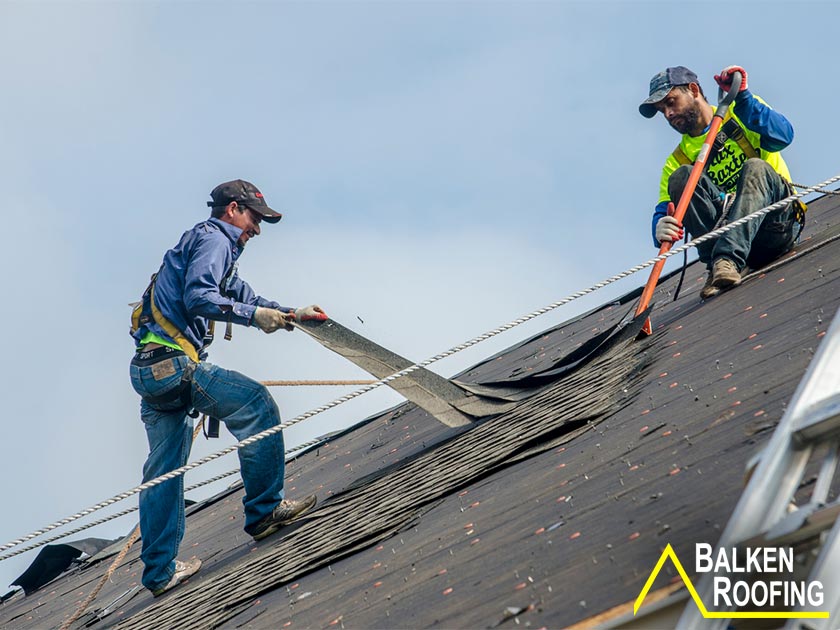Roofers Oahu: Professional Roof Installations and Repair Works
Roofers Oahu: Professional Roof Installations and Repair Works
Blog Article
Exploring the Numerous Kinds Of Roofing Systems: Which One Is Best for Your Home?
When taking into consideration the myriad types of roofings available, it is vital to evaluate how each option straightens with your home's distinct demands, consisting of environment problems, aesthetic choices, and architectural functionality. From the classic gable roofing system that successfully channels rain to the modern level roof covering offering urban versatility, each style provides distinctive advantages and challenges.
Gable Roofings
Gable roof coverings, identified by their triangular form and sloping sides, are a popular choice amongst property owners looking for both aesthetic charm and performance. This roof design efficiently enables for effective water overflow, minimizing the threat of water merging and subsequent damage. In addition, the high slopes create enough attic room room, which can be used for storage space or also exchanged living areas.
One of the main advantages of gable roofs is their capability to stand up to severe climate condition. The style assists in decreasing wind resistance, making them especially suitable for areas prone to tornados. Additionally, gable roofings can be built making use of a selection of products, consisting of roof shingles, ceramic tiles, and steel, offering property owners with flexibility in style and budget plan.
From a building viewpoint, saddleback roofs can boost the aesthetic appeal of a home, offering a classic and classic look. They can match various architectural styles, from standard to modern-day layouts. Nevertheless, it is important to take into consideration possible downsides, such as the vulnerability to snow buildup in colder climates. Generally, gable roofing systems remain a preferred option as a result of their equilibrium of functionality and design, attracting a vast array of home owners.
Flat Roofs
While frequently overlooked for more standard roofing system styles, level roofing systems supply unique advantages that deal with specific building demands and modern layout choices. These roofs are identified by their very little pitch, allowing for effective use of space, especially in metropolitan environments where maximizing square video footage is crucial.
One considerable advantage of level roofing systems is their versatility. They can be utilized as extra living rooms, such as rooftop yards, outdoor patios, or photovoltaic panel setups, boosting the functionality of a home. In addition, level roof coverings are commonly much easier and much safer to browse during maintenance, promoting repairs and assessments without the obstacles postured by high inclines.
Flat roof coverings can also be more affordable in regards to products and installment. With a simpler layout, they commonly need fewer resources, translating into reduced labor costs. Nonetheless, it's vital to consider drain and waterproofing, as level roof coverings can be susceptible to pooling water if not adequately made.

Hip Roofing Systems
Hip roofing systems attract attention for their classy design and architectural stability, making them a prominent choice amongst house owners. Defined by inclines on all four sides, hip roofing systems provide a well-balanced visual that matches numerous building styles - roof repair oahu. The in proportion nature of these roof coverings assists to distribute weight uniformly, boosting stability and toughness
One of the key benefits of hip roofs is their capacity to endure severe climate condition. The sloped surface areas facilitate efficient water drain and snow drainage, lowering the threat of leakages and architectural damage. In addition, the style reduces wind resistance, making hip roofs much less susceptible to wind uplift compared to other roofing kinds.


Shed Roofing Systems
Dropped roofing systems, as opposed to the intricacy of hip roofing systems, provide a minimalist and structured layout that interest modern-day visual appeals. Characterized by a solitary sloping surface area, shed roofing systems are typically used in contemporary style, yard sheds, and various other useful structures. This simplicity not just improves aesthetic charm however additionally enables effective water overflow, making them suitable for numerous climates.
One of the key benefits of shed roofing systems is their cost-effectiveness. With less materials needed and an uncomplicated installation procedure, property owners can save both money and time. The layout additionally allows the incorporation of huge windows or skylights, advertising all-natural light and producing roomy interiors.
However, it is vital to think about the prospective disadvantages, including minimal insulation options and the need for careful style to avoid excessive warmth build-up. Additionally, shed roofing systems might not blend effortlessly with standard design, which could be an issue for some homeowners.
Ultimately, shed roofs provide a fashionable and sensible roofing service for those looking for modernity and performance. When picking a roof kind, examining personal useful demands and visual preferences will certainly assist house owners to the finest read the full info here choice for their distinct requirements.
Mansard Roofs
Mansard roof coverings, defined by their unique four-sided design, are a characteristic of French style that integrates sophistication with performance. This architectural style includes 2 inclines on each side, with the lower incline being steeper than the top one. The special setup permits for additional space in the top levels, making it a suitable choice for house owners seeking to maximize functional location without increasing the building's impact.
One of the substantial advantages of visit site a mansard roof covering is its adaptability. It can be adjusted to different architectural styles, from conventional to contemporary, improving the visual allure of any type of home. Furthermore, the sufficient room developed under the roofing system can easily accommodate dormer home windows, which enable natural light and air flow, further boosting the comfort of the living location.
However, potential home owners must take into consideration the upkeep needs linked with mansard roofings. Installment prices may be greater compared to easier roof covering designs due to the intricacy of building and construction.
Conclusion
Each roofing style presents unique benefits, such as the efficiency of gable roofings, the contemporary allure of shed roofs, and the stability of hip roofs. Flat roofings offer functionality for metropolitan environments, while mansard roof coverings provide extra living room despite higher installation prices.
From the classic gable roofing system that effectively networks rainwater to the modern-day flat roof covering navigate here offering metropolitan versatility, each style presents distinct advantages and challenges (roof repair oahu). In addition, the layout decreases wind resistance, making hip roof coverings much less prone to wind uplift compared to other roof kinds
Lost roof coverings, in contrast to the intricacy of hip roof coverings, offer a minimal and structured style that appeals to modern-day appearances. Each roofing design presents special advantages, such as the performance of gable roofings, the modern-day allure of shed roofs, and the security of hip roofs. Flat roofing systems offer usefulness for city settings, while mansard roofings give extra living space regardless of higher installation costs.
Report this page